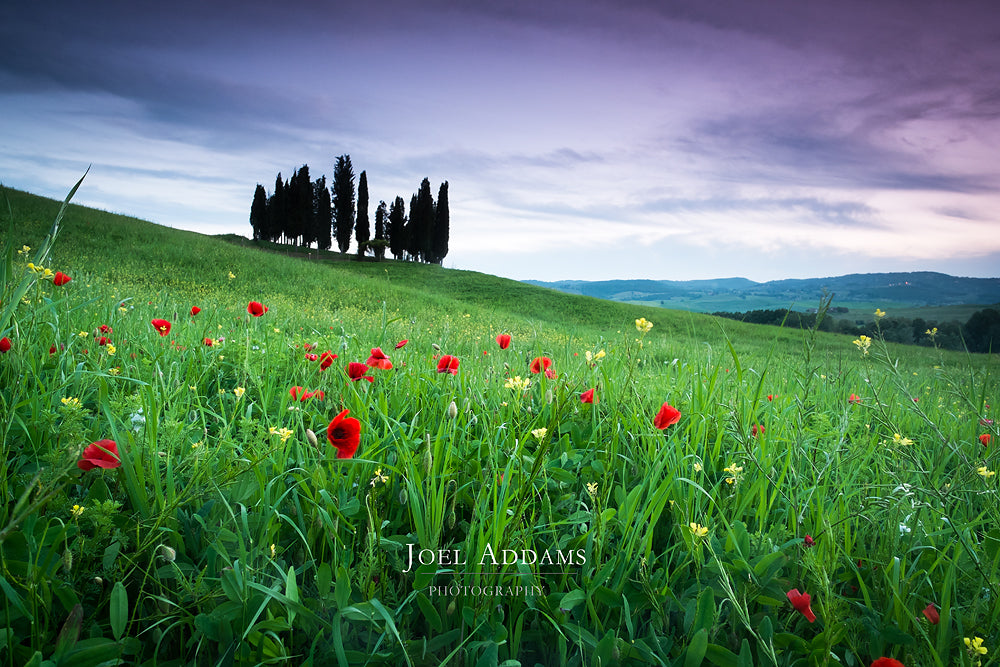I have enjoyed the X-Pro 1 from Fujifilm immensely. It's all about the combination of the simplistic design of the camera, its metal body, its excellent sensor, and its weight. To have the image quality with such a well-built camera has been refreshing, and the market appears to agree, as Fujifilm continues expand their line of "retro" style, X-mount cameras, such as the XE-1, the X100s (a recent hit), and the newly announced X-M1. While there are a few things I would request for the future cameras, such as a full frame sensor (there is no indication this will ever be the case) and better video, the price to quality ratio is excellent for me. The lens lineup is also getting deeper, and this is much appreciated by the company’s following.
I picked up the 14mm before heading off to Italy in May as a guest instructor for Drake Busath’s "Intimate Tuscany" Workshop, as I thought this would be the perfect wide-angle lens to tote around.
THE LENS
Fujifilm has done itself a favor by distinguishing itself by producing metal lenses (as does Leica). Their target audience seems to be those who appreciate the quality of the build as well as the quality of the optics with a price tag that is generally considered reasonable. I chose this lens over the 18mm mainly for its added angle of view, as it is about a 21mm equivalent on a full frame. I simply wanted one go-to lens for landscape or interior, and this was the obvious choice.
It has a bit of subtle barrel distortion, which I expected from such a wide-angle lens on a cropped sensor, but when leveled for shooting landscape, I felt it was adequately controlled. My images from the Tuscan landscape were sharp to the corners, and there was no light fall off that I could detect. The images shown have some added vignetting in post. (There are two aspheric elements and three extra low dispersion elements, adding to the quality and the price of the lens.)
An interesting feature of the lens is the push-pull style of the manual-focusing ring. While it still focuses in a twisting motion, the manual aspect of the lens is engaged when pulled back. This also reveals the numerical distance at which one is focusing, which is very cool. Push forward, the ring engages the automatic focusing. While I love the quality of the lens, I am less fond of the smoothness of the aperture ring. I prefer either a fully free aperture ring (cinema lens) or a very firm ring so you are sure that you just made an aperture adjustment. Fuji lenses are somewhat in between, and I find myself checking the camera itself to verify what aperture I am shooting in.
THE SPECS
Filter thread: 58 mm
Weight: 8.2 oz / 233.8 grams
Minimum focusing distance: 0.6 ft / .18 meters
Angle of view: 89 degrees
f/stops: f/2.8 to f/22 in 1/3 increments
THE DECISION
If you’ve already got the 18-55mm, which is sometimes bundled with the XE-1 or the X-Pro 1 or have the 18mm fixed, you might get by just fine. If you are into landscape photography or want to shoot more architecture or interiors with Fujifilm cameras, then the 14mm should definitely be in your line up. Some who have picked up a body have chosen just to remain with the prime lenses, like a 35mm, a 60mm, and a wide angle. The 14mm would be a great choice for this line up.
KEEP UP WITH JOEL: Website | Blog | Italy Workshops | Twitter | Facebook




